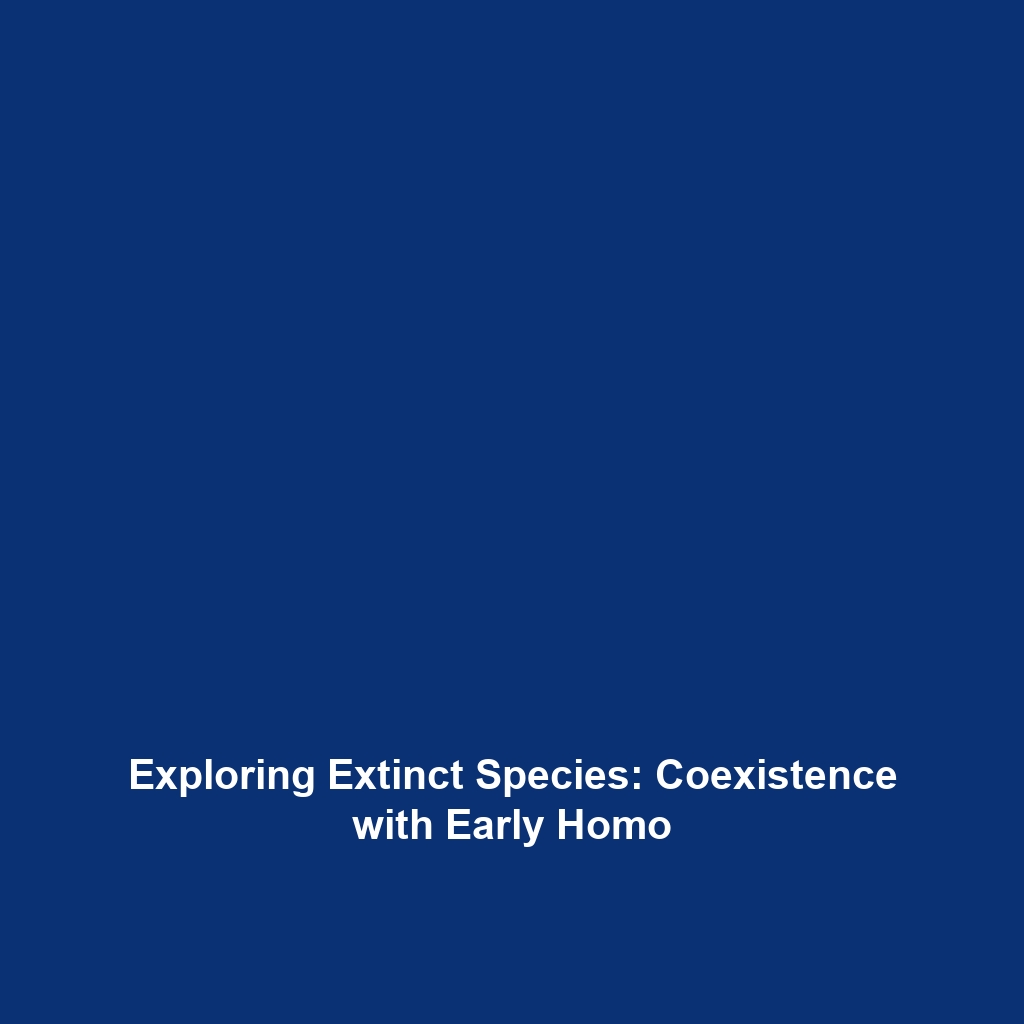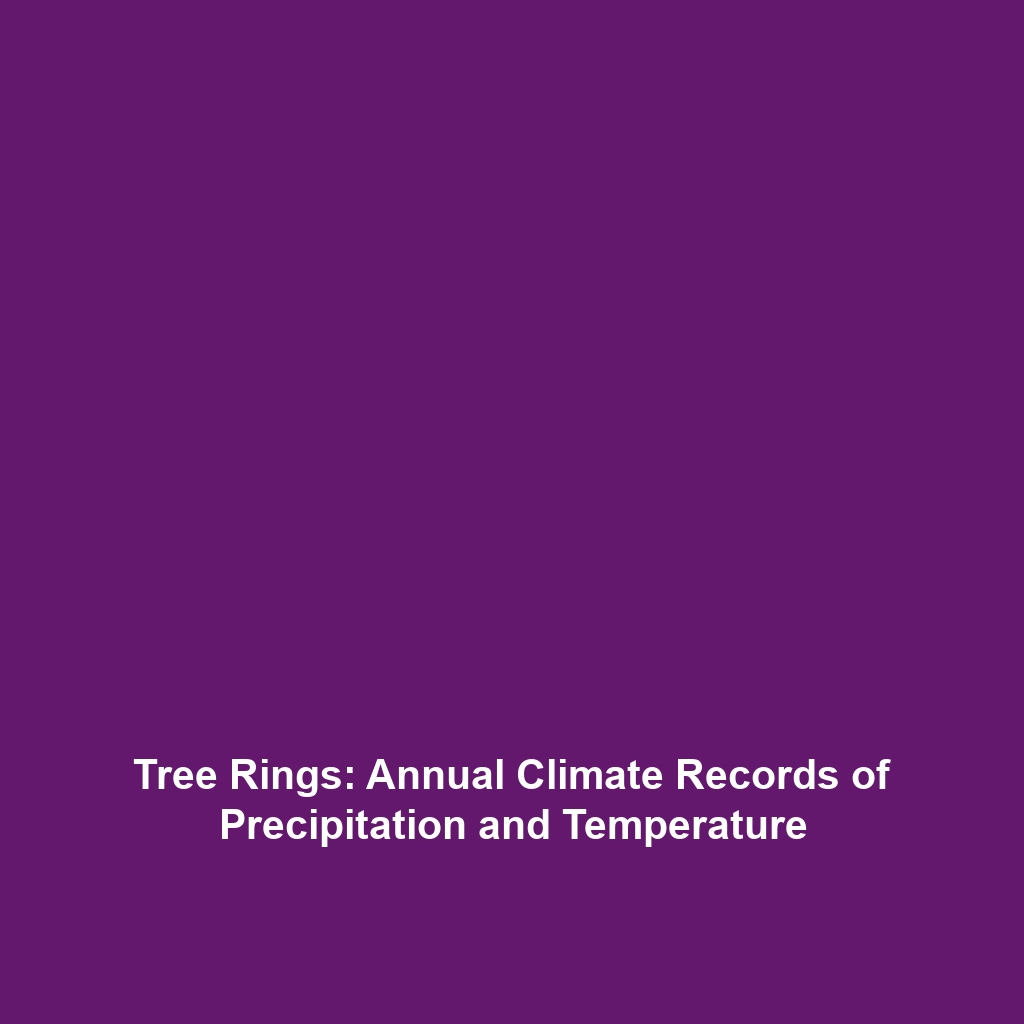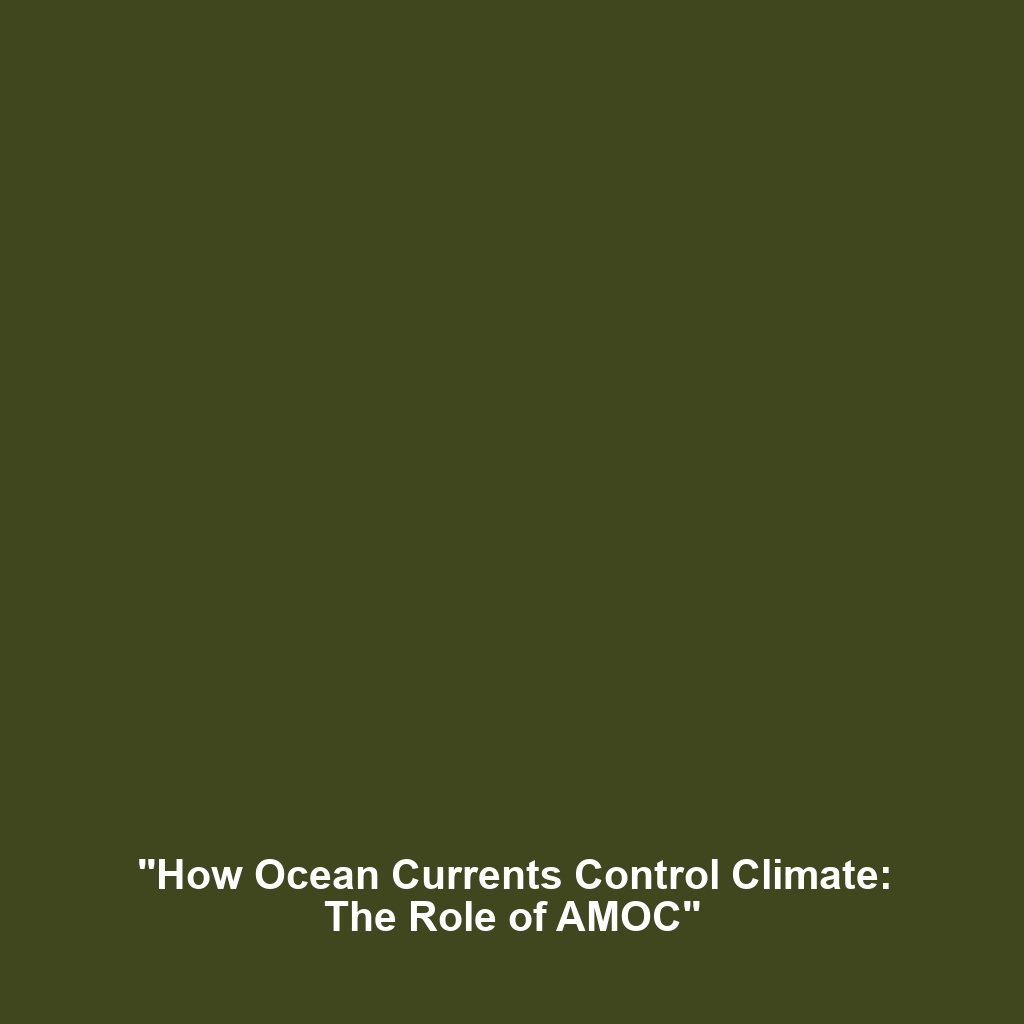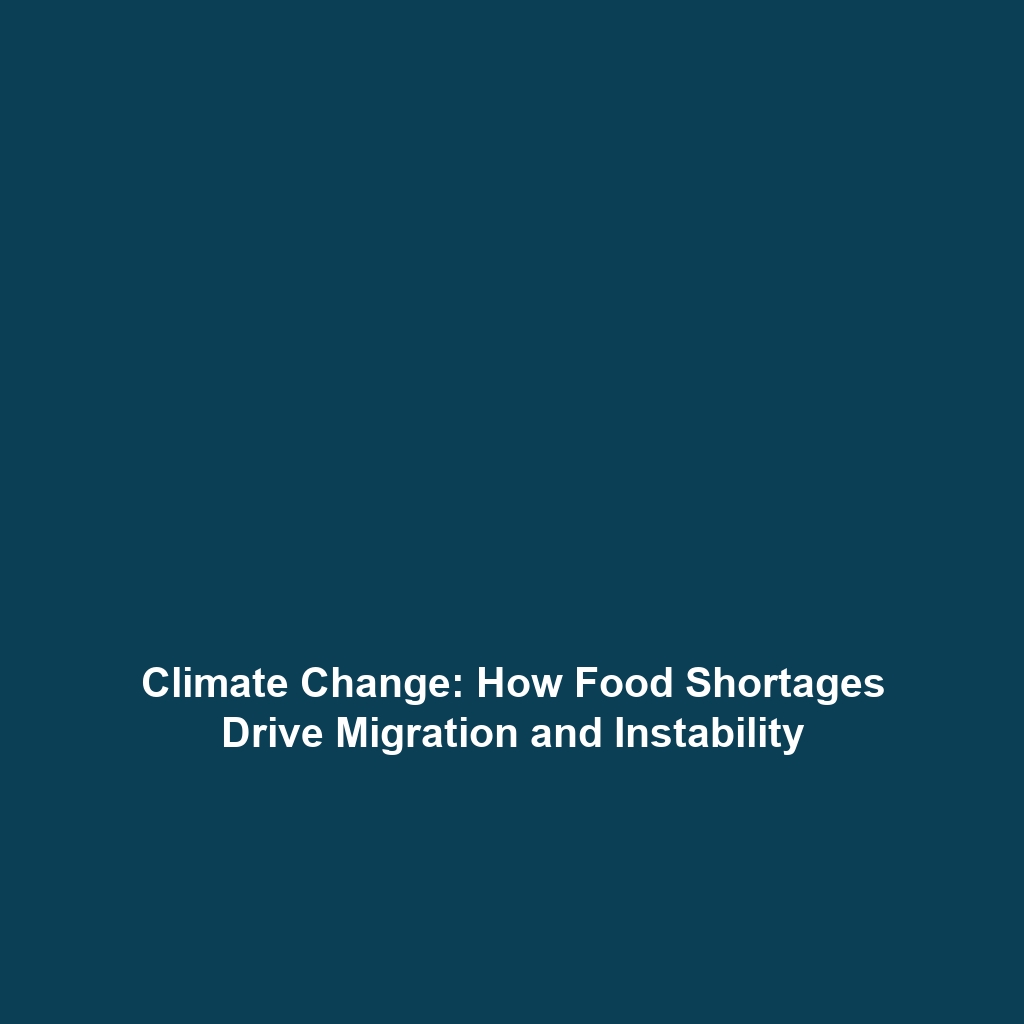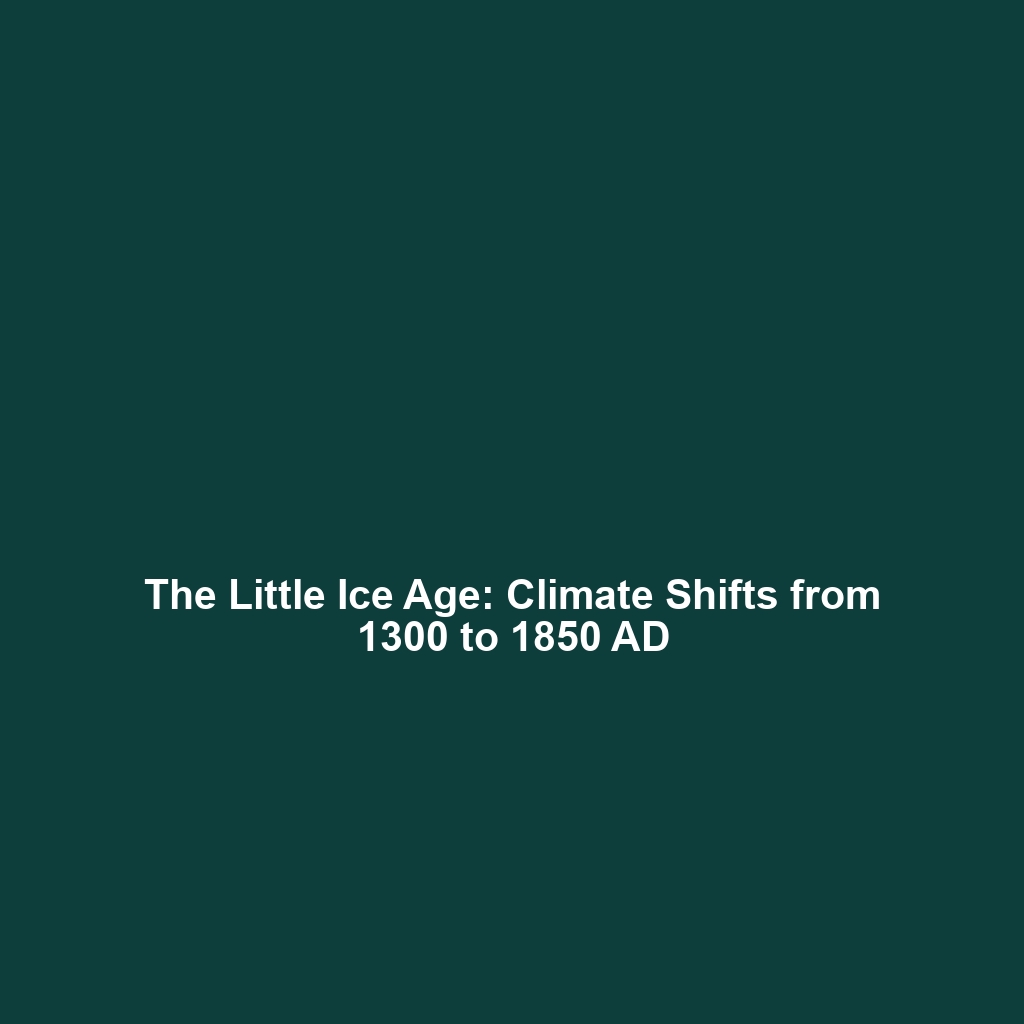Extinction: An Evolutionary Dead-End in Human Evolution
Introduction: The extinction of various hominin species has significant implications for our understanding of human evolution. Approximately one million years ago, numerous species cohabited with early Homo species before becoming extinct. Understanding these evolutionary dead-ends contributes to our knowledge of adaptive traits, survival strategies, and the ecological dynamics that influenced the evolutionary paths of modern humans. This article examines the extinction of these early species, their coexistence with Homo, and their roles in the broader framework of human evolution.
Key Concepts
The Coexistence of Species
Several species, including Homo erectus and various archaic hominins, lived alongside early Homo. The examination of fossil records reveals:
- Diversity in morphology and behavioral adaptations that suggest a competition for resources.
- Shared habitats and potential interbreeding, impacting survival and evolution.
- The role of climate change and environmental factors in shaping species survival.
Extinction as a Natural Process
Extinction is a natural phenomenon that can occur due to various factors such as:
- Environmental changes that alter habitats.
- Competition for resources leading to the decline of less adaptive species.
- Epidemic diseases that can disproportionately affect certain populations.
These factors also played a crucial role in determining which species thrived and which became extinct around one million years ago.
Applications and Real-World Uses
Understanding Evolutionary Trends
Studying extinct species enhances our grasp of evolutionary patterns, offering insights into how current species might adapt to future changes:
- How studying extinction is used in human evolution: By analyzing extinct species, researchers can identify traits that may help modern humans adapt to ongoing environmental challenges.
- Applications of paleogenetics: Techniques to extract DNA from ancient remains provide data that can elucidate genetic relationships among species, informing conservation efforts.
Current Challenges
Despite the advances in our understanding, challenges remain in the study of extinct species:
- Challenges of studying extinction: Limited fossil records and the fragmented nature of available evidence hinder comprehensive analysis.
- Issues in classification: The sheer diversity of species complicates efforts to establish clear phylogenetic relationships.
- Environmental reconstruction: Reconstructing the ancient environments in which these species thrived is fraught with uncertainty.
Future Research and Innovations
Future investigations into human evolution related to extinct species focus on technological advancements:
- Next-generation sequencing: Innovations in genetic sequencing allow for more accurate analyses of ancient DNA.
- Climate modeling: Improved predictive models will help researchers simulate past environments to better understand species habitats.
- Collaborative studies: Interdisciplinary work between paleontology, archaeology, and genetics will provide a more holistic view of our evolutionary past.
Conclusion
In summary, the extinction of various species that coexisted with early Homo species highlights significant aspects of human evolution. They represent not only evolutionary dead-ends but also a rich area of research that helps clarify the trajectory leading to modern humans. As future studies continue to unravel the complexities of these relationships and extinctions, we encourage those interested in the field of human evolution to explore more about our ancient ancestors and their significance. For further reading, consider checking out our articles on fossil discoveries and human adaptation strategies.
